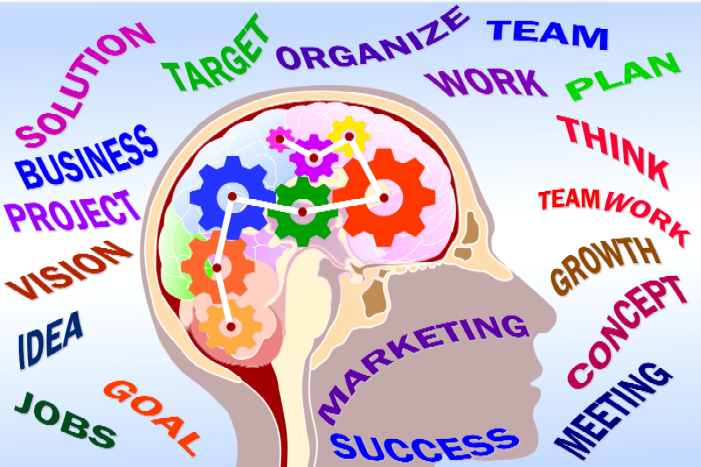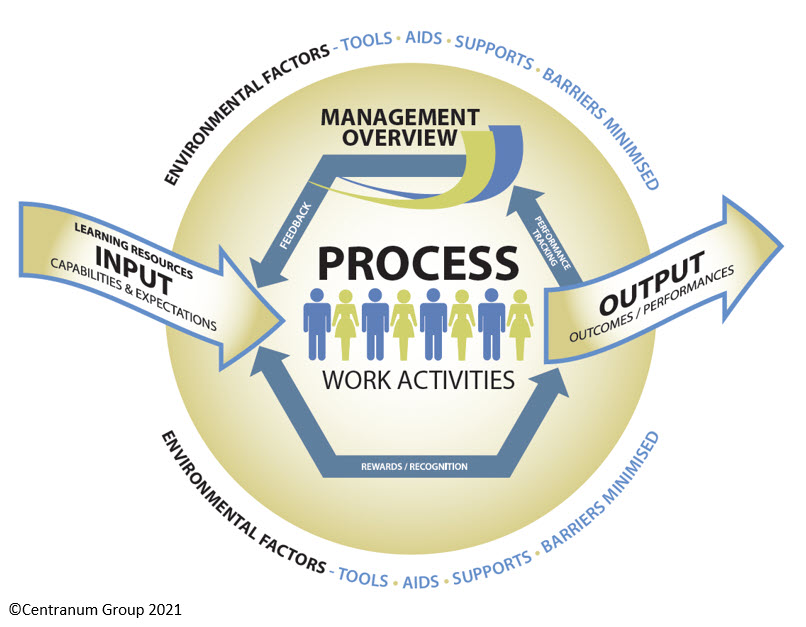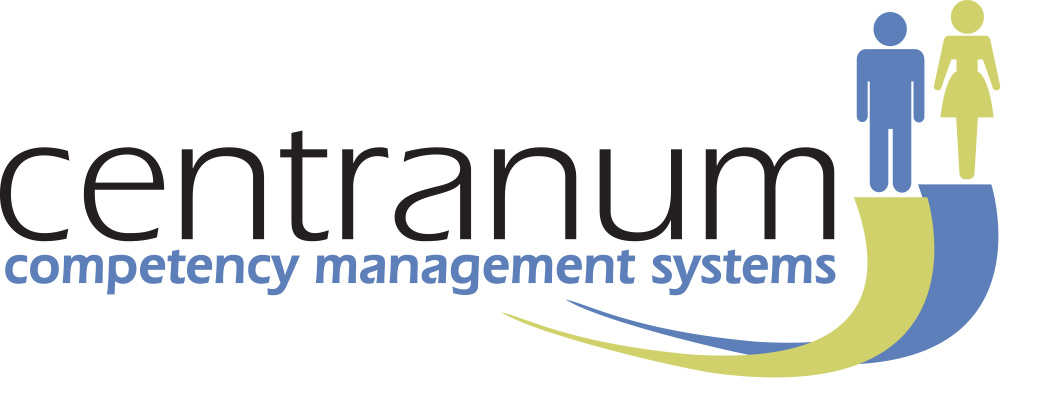The Psychology of Work
Introduction
Decades of research into Work Psychology have established the factors that drive successful performance at work. Yet this is not taken into account in many current human resources practices. Especially not in performance management systems.
These systems have largely been developed as on line versions of the paper appraisal forms of the 70s and 80s. In recent times the move to social media has sparked new unvalidated functionality around feedback from colleagues. Almost all systems still fail to address the fundamental influences on work behavior.

The ABC model
The ABC model of behavior is well established in all psychological disciplines, and is equally valid in work psychology.
A stands for Antecedents – the triggers or cues that prompt us to do something. B is for the Behavior. C is for the Consequences of what we do.

As an example an alarm is a cue to get out of bed in the morning. When we get out of bed on time we are able to organize ourselves for our day without stress. We feel good – the consequence.
The basic law of behavior is that we do those things that have positive consequences for us. We avoid those actions that have negative consequences – that make us feel bad.
How we learn behaviors
There are three ways in which we learn
- Classical Conditioning – association of a reward with a cue by repetition over time
- Operant Conditioning – actions are controlled by their consequences
- Social Learning – actions that have positive consequences for others are observed and copied.
Read more on Behavioural Science and work
It is important to recognise that an action may have positive consequences for an individual, but negative consequences for their team or the organization.
What is Performance Management?
Performance management is the process by which organizations achieve success through their people. Fundamental elements are;
- Alignment of individual effort to the achievement of the organization’s purpose and goals
- An effective means to track progress at the individual, team and organizational level.
- A means to ensure consequences for individuals are in balance. That actions that contribute to the organization’s success also have positive consequences for the individual. That those individual actions that are counter productive for the organization are discouraged by negative consequences.
A typical example is a person who is not performing. Their work output has errors and has to be redone. The manager finds it uncomfortable to deal with this poor performance so does nothing. Others in the team who work well have to step in and fix these issues.
Here we have an imbalance of consequences.
Those people who are doing good work and should have a positive consequence instead have the negative consequence of getting extra work for no extra reward.
The poor performer who should be receiving a negative consequence by having the manager talk to them about the problems instead gets a positive consequence because they don’t have to go to the effort of fixing their own mistakes.
This is a very common problem.

An evidence based psychological model of work performance

This model combines behavioral science and a systems view of job performance.
This aligns with the Antecedent – Behavior – Consequences model of Behavioral science.
In terms of work performance inputs/antecedents are clear expectations –
- of the job role
- the values of the organization
- any specific goals.
A performance management system should have tools to manage all these expectations. So that they are living documents.
Not reviewed only once a year.
To succeed people must have the skills, abilities and knowledge to meet those expectations.
A performance management system should have tools for analyzing and communicating capability requirements. It should have tools for identifying and addressing gaps.
People act based on their Perceptions of what is expected. These Perceptions may not be accurate. A performance management system should have a means of continuously checking and aligning perceptions. Manager and staff member should tell exactly the same story if asked the purpose of the job.
Process in the systems view and behavior in the behavioral science model are the actions people take at work. The tasks they perform. Actions may not always produce the desired outcomes defines as outputs/results for the organization. A performance management system should define both expected tasks and expected outcomes for the organization
Consequences in the behavioral model are the outcomes for the individual – which are distinct from the outcomes for the organization. For individuals the outcomes include
- recognition
- reward
- job satisfaction
- career opportunity.
In the systems view the feedback loop is the monitoring of tasks and outputs.
Fot monitoring to be possible expectations must be measurable. There must be an objective source of information.
Progress tracking is used to
- clarify perceptions of expectations,
- provide guidance
- remove barriers to performance in the work environment.

Performance Management systems must have the tools to measure task performance and outcomes. They should capture information on the important factors in the environment.
They must ensure that staff receive timely feedback, appropriate guidance and support.
For the individual the feedback loop influences perceptions of work. Feedback is part of the consequences for the individual.
In the absence of feedback from the manager it is assumed that what I am doing is OK – or is not important. In these circumstances I am less likely to repeat the action.
An example is thinking outside the square to creatively solve a problem. If I am not recognized for this I will be less likely to share good ideas next time.
If I take an action and the outcome for me is positive, I receive praise or acknowledgment, I am likely to repeat that action.
If on the other hand there is a negative outcome for me, I may avoid that action in the future. A common example is the person who steps in to help a colleague under stress, and ends up being expected to carry that extra workload on a permanent basis.
Finally we know that if feedback is delayed it is less effective in shaping behavior.
The Performance Management system must support managers to provide the right consequences/feedback for the individual in real time – not once a year.
In summary
Research has established that successful job performance depends on people being clear on job expectations, day to day. These expectations must be measurable so that progress can be tracked and feedback and guidance given. The perceived consequences for the individual should be positive if the work actions are to be sustained.
The Centranum Performance Management System has been designed as an integrated suite of tools for managers and individuals that provide all these supports – Learn More
